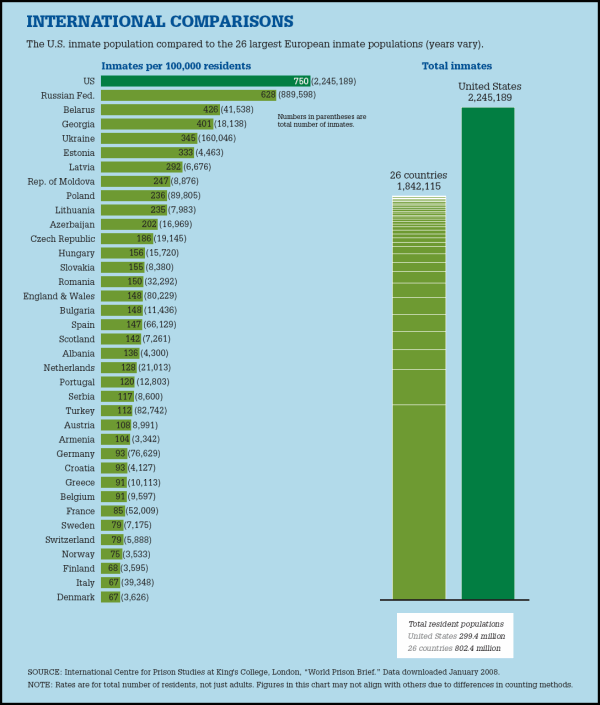
It snowed yesterday night. An inch or two of heavy wet snow, perfect for snowballs, and for preserving the signs of a shy nocturnal visitor. When I went outside to shovel, our street was criss-crossed with animal tracks. There were squirrel tracks and rabbit tracks, but as usual the most numerous and obvious were those of a red fox. Although we very rarely see it, every night a fox patrols our neighborhood in the southwest side of Madison looking for mice and rabbits, and occasionally raiding a trash bag or stealing pet food that's been left outside.
Watching for tracks is the easiest way to know if red foxes live in your neighborhood. Fox tracks are easy to spot if you know what to look for. Although a fox's footprint is similar to a small dog's, foxes have a distinctive gait. A fox usually places its rear feet directly in the track made by its front feet, so fox tracks are an almost straight series of footprints. The pictures below show a fox track and a close up of a couple of individual footprints. They're a little under two inches, about the length of a typical door key.


(Click on pictures for larger versions)
Red foxes have adapted quite well to suburban and urban areas, and are far more common in Madison than most people realize. They live in much of the city, although they're usually nocturnal and very cautious. Although the red fox is native to northern North America, the ones here are likely descendants of English foxes that were brought to the American colonies three hundred years ago for fox hunting.
Although their lanky build and bushy tails tend to make them look larger, red foxes are actually quite small, roughly the weight of a house cat. They prefer small prey, such as insects, earthworms, and mice, and rarely kill anything larger than a rabbit. They also eat fruit and will scavenge carrion, garbage, and almost anything else edible. They aren't aggressive towards humans, and unlike coyotes, which also live in parts of Madison, foxes don't prey on pet cats and dogs, although if you keep chickens you have to be careful.
My love for foxes goes way back. I did quite a bit of wildlife rehabilitation in my youth, and one of the animals I worked with was a hand-raised red fox names Rufus. Rufus was exceptionally tame and trusting for a fox, and would actually come out of his den when called and take food from your hand. He loved grapes and mice! Sadly, Rufus' trust of humans was his downfall. One night someone climbed the eight foot fence into his pen, and when Rufus came out to see who it was he was beaten to death.
It's sad that so many people fear and dislike red foxes. They're beautiful and generally beneficial, and one of the few truly wild things left in this wonderful city.
------
The picture at the top of this post is from the Pennsylvania Game Commission. They have lots of great wildlife pics, well worth a look.


